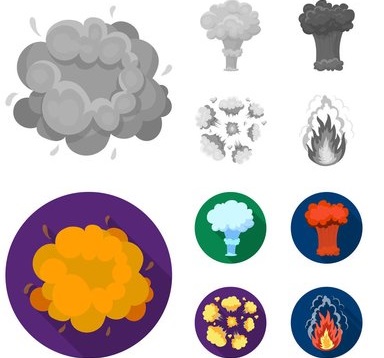
2 minute read
Key Points of Using Gas Sensors
Key Points of Using Gas Sensors
Gas sensor is a commonly used measuring instrument, with a small size, flexible, stable, durable, high reliability and other advantages. Although the gas sensor is easy to use but there are some problems in the use of the user also need to pay attention to, today to introduce you to the specific use of gas sensors 4 major points, hope to help you.
First, the often used gas sensors, pay attention to its service life, do not expire use. In general, in portable sensors, LEL sensor life of about three years; photoionization detector life of four years or longer some; electrochemical specific gas sensor life is generally one to two years; carbon monoxide sensor life of about one year. Note that if the electrochemical sensor, in order to prevent the electrolyte inside the dry, longunused case, it should be sealed and prevented in a low-temperature environment, which can effectively extend its service life.
Second, the gas sensor needs to be calibrated and tested regularly. Gas sensors are usually measured by relative comparison method. Therefore, zeroing and calibration is an indispensable task in the daily maintenance of the sensor.
Third, pay attention to the concentration measurement range of the sensor. Any measurement over or too low concentration will make the sensor measurement error increase or make the sensor damage.
Fourth, gas sensors compared with other sensors, there is a problem that requires special attention is the type of interference between various gases. Usually, each gas sensor corresponds to a specific detection gas, so, when choosing, should understand the nature of the gas to be measured, whether the sensor output caused interference.

